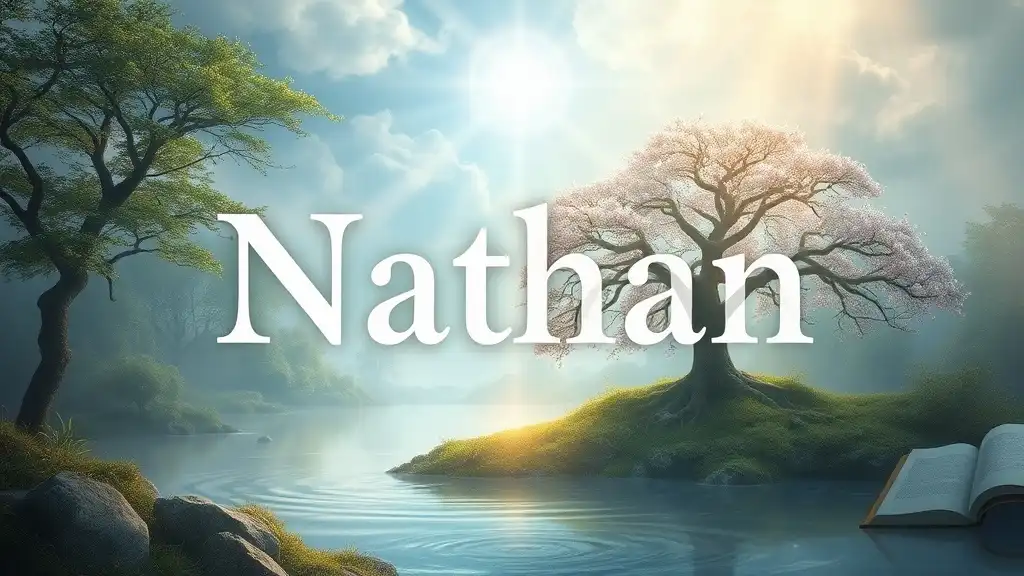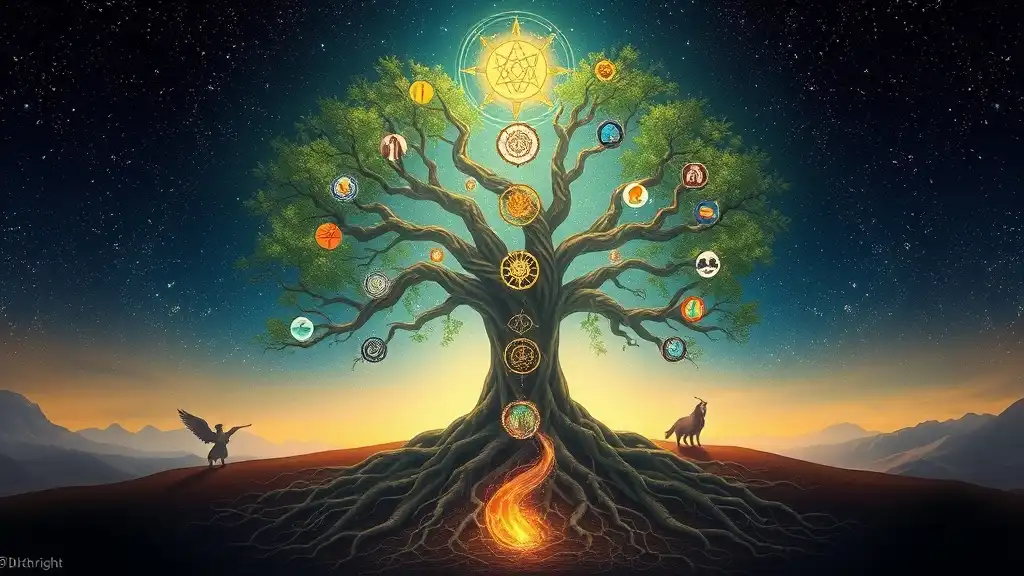The cardinal directions play a significant role in various spiritual practices around the world, guiding seekers in their quest for meaning, direction, and enlightenment. Among these directions, the North has always held a special significance that transcends mere geography. It represents not just a physical orientation but also a profound spiritual journey.
Historical Context of North in Spiritual Traditions
Indigenous Perspectives
In many Native American cultures, the North is viewed as a location imbued with wisdom and strength. It is often associated with the Elder Spirits, who impart knowledge and guidance. The North symbolizes winter, reflection, and the opportunity for growth through adversity. Each season has its lessons, and the North teaches us to embrace solitude and introspection, where hidden truths arise.
Other indigenous cultures also acknowledge the North's importance. In these traditions, the North is often linked to physical landscapes such as mountains or rivers that have served as spiritual pathways. Such places are believed to hold sacred energy that aids individuals in their quest for understanding and empowerment.
North in Ancient Civilizations
In ancient Egypt, North was seen as a direction of the afterlife, with the stars in the Northern sky symbolizing eternal guidance. The ancient Greeks connected the North with Boreas, the god of the cold north wind, symbolizing strength and resilience. Similarly, in Norse mythology, North is often associated with the mythical realm of Niflheim, representing a chilling void and the deep subconscious.
Each civilization, with its unique lens, contributed to the multifaceted meaning of North, enriching our understanding of this cardinal direction.

North as a Symbol of Direction and Guidance
The Journey of the Soul
When considering the journey of the soul, North emerges as a powerful symbol of guidance and purpose. It beckons seekers to venture toward their true essence. The North is not just a destination—it represents the pathway filled with challenges, leading to enlightenment and ascension.
In times of uncertainty, many find solace in the concept of navigating life's challenges. Just as mariners once relied on the North Star to guide them through dark waters, modern spiritual seekers can turn to the North to find clarity and direction in their lives.
The Concept of True North
The idea of True North serves as a spiritual metaphor for one’s authentic self. Aligning with True North means finding the path that resonates with one's inner truth and values, guiding everyday decisions and actions. This alignment fosters a sense of purpose, inviting individuals to nurture their passions and ultimately live a life of fulfillment.
When one connects deeply with True North, they begin to recognize the subtle signs and synchronicities that the universe offers, guiding them toward their unique destiny.

Elements Associated with North
Earth Element
The North is intimately linked with the Earth element, representing grounding, stability, and strength. While the energies of the South may ignite creativity, or the energies of the East may bring clarity and action, the North provides a sturdy foundation for individuals to root themselves. This grounding energy can be especially beneficial when facing life's storms, reminding seekers of their capacity for endurance and resilience.
Associated Colors and Symbols
In spiritual contexts, the colors associated with the North—such as white, black, and gray—carry various meanings. White embodies clarity and purity, while black signifies depth and introspection. Gray often represents the balance between these two extremes, a reminder that life exists in shades of nuance.
Symbols connected to the North, like the bear and mountains, evoke strength and endurance. The bear, known for its symbol of introspection and courage, teaches us how to navigate the challenges of life. Mountains stand as timeless witnesses to our journey, embodying both the obstacles we face and the heights we can achieve.

North in Modern Spiritual Practices
Meditation and Visualization
For those looking to harness the energies of the North, meditation and visualization can be powerful tools. Envisioning oneself standing at the northernmost point—facing the vastness of the world—can cultivate feelings of strength and grounding. Meditation practices focusing on this direction allow individuals to connect with the Earth's energies, fostering a deeper understanding of themselves and their purpose.
Some techniques may include focusing on the breath while visualizing roots extending from the body into the Earth, grounding feelings of stability and safety.
Rituals and Ceremonies
Throughout history, various cultures honored the North through specific rituals and ceremonies. These acts range from celebrating seasonal changes during winter solstice to more personal practices inviting spiritual connection.
Creating your own rituals to connect with the North can be a transformative experience. Through simple practices, such as lighting a candle in the North direction or writing intentions down and burning them as a form of release, individuals can invoke the energy of the North into their lives.

Personal Reflection and Application
Self-Discovery through North
Engaging in self-reflection regarding the significance of the North can lead to remarkable insights. Journaling serves as a powerful tool for exploring personal experiences related to this cardinal direction. Consider asking yourself questions such as: What does North mean to me? How have I navigated challenges in my life? In what areas do I seek greater guidance?
Such inquiries may reveal patterns or truths long buried, enriching your spiritual path and personal growth.
Embracing Challenges Associated with North
The North teaches us that challenges are not just obstacles but essential components of our growth. By understanding them through this lens, we can transform difficulties into opportunities for resilience and strength. Facing these challenges can lead to transformative experiences that shape our character and resolve.
Recognizing that each challenge serves a purpose allows us to embrace the lessons inherent in our journeys and emerge as more empowered beings.

Conclusion
The spiritual significance of North encompasses a rich tapestry of meanings that guide, support, and challenge us. As we deepen our understanding, we recognize the North not merely as a directional indicator, but as a source of wisdom and life lessons.
As you explore the energies and teachings of the North, feel encouraged to cultivate this connection in your spiritual practices. Lead with an open heart and mind, and allow the North to illuminate your path.



















